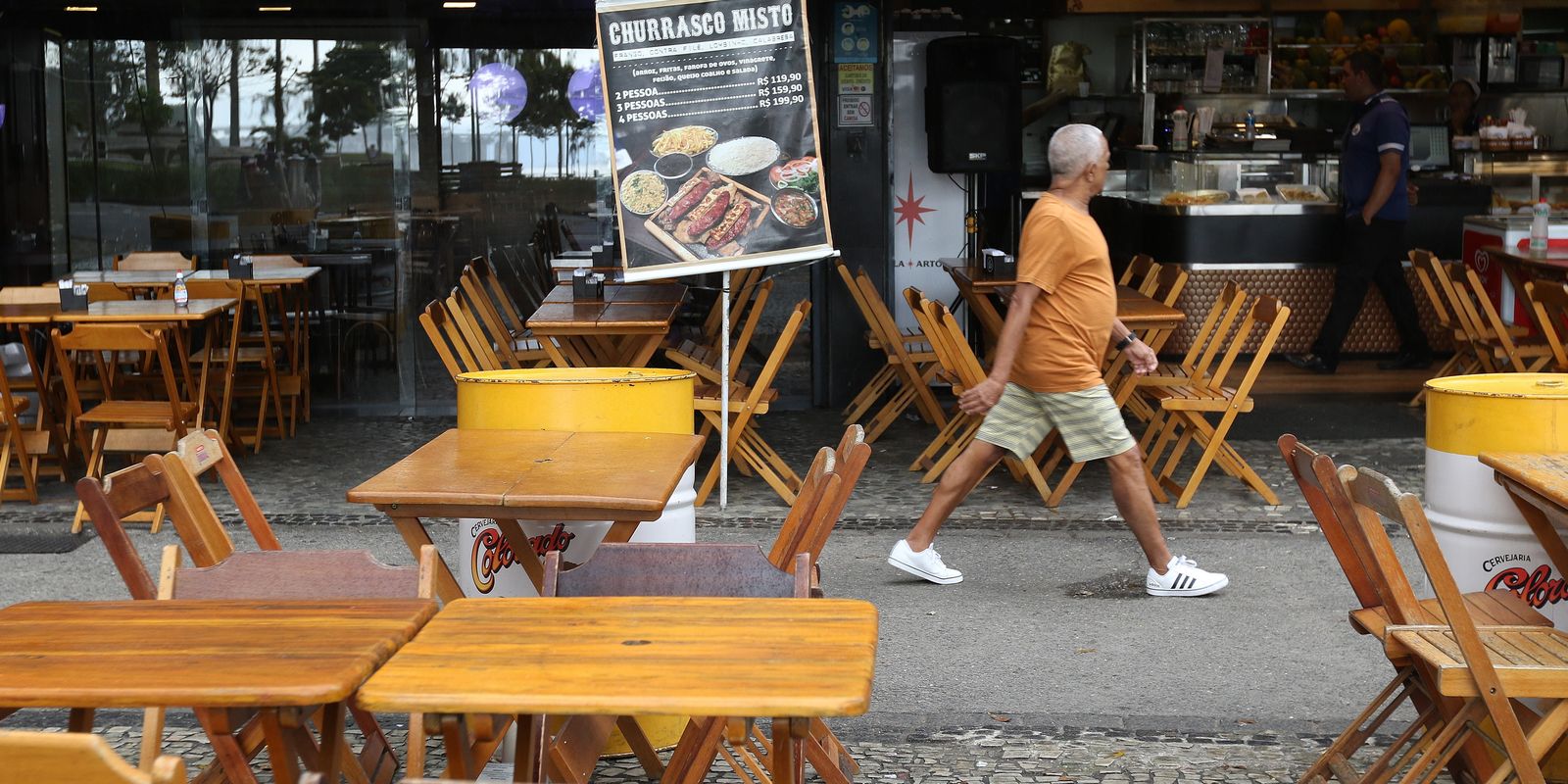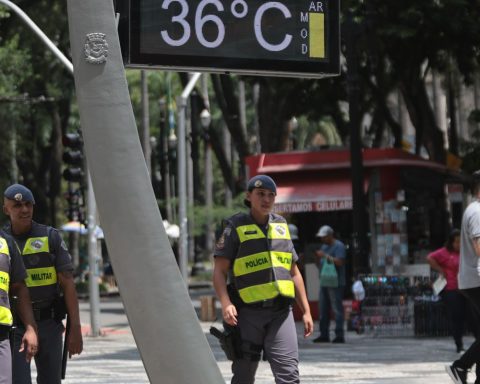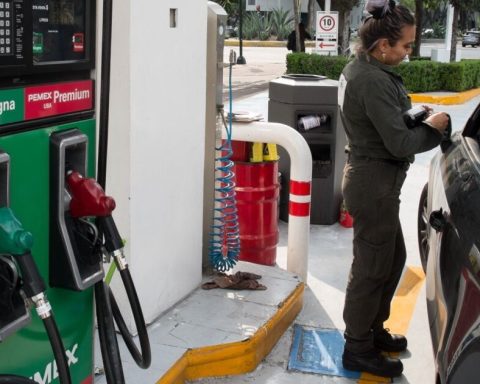The non-financial services sector reached a contingent of 14.2 million employed people in 2022. This represents a record in the volume of labor within the historical series that began in 2007 and a level 13.9% higher than that observed in 2013. The increase in comparison with the year 2021 is 5.8%, which corresponds to 773.1 thousand more employed people. Between 2019, the year immediately before the pandemic, and 2022, the volume of labor increased by 10.3%.
Among the 34 activities analyzed, five accounted for 47.3% of the people employed in the sector: Food services (11.6%); Technical-professional services (11.4%); Road freight transport (8.4%); Services for buildings and landscaping activities (8.2%); and Office and administrative support services (7.7%).
The data is from the Annual Services Survey (PAS) 2022, released this Wednesday (28) by the Brazilian Institute of Geography and Statistics (IBGE).
According to PAS analyst Marcelo Miranda, the 14.2 million people employed received R$518 billion in salaries and wages, worked in approximately 1.6 million companies that generated R$2.7 trillion in net operating revenue and R$1.5 trillion in gross added value. “This shows a little about the importance of the services sector within the country,” he commented in a video conference.
Despite the 10.3% increase in the volume of labor between 2019 and 2022, the segment of Services provided mainly to families recorded a reduction of 3.2% or 92.4 thousand fewer jobs. The explanation in this case was the period of the pandemic, when a large part of the population was in isolation and did not use this type of activity. However, after this period, there has been a recovery.
“This segment has very intense in-person activities such as restaurants and hotels, and this explains this loss of share to some extent, but we see that after 2020, in 2021 and 2022 it has been recovering and gaining more share over the last two years,” he indicated.
Also considering the volume of employed people, the biggest increase in employment in 2022 was in the activity of Technical-professional services, which grew by 166.1 thousand people, reaching a higher level, compared to 2021, and also in relation to the pre-pandemic period. In the accumulated period from 2019 to 2022, there were 353.8 thousand more employed people.
Search
The Annual Services Survey analyzes activity in the segments of Services provided mainly to families; Information and communication services; Professional, administrative and complementary services; Transport, auxiliary transport services and mail; Real estate activities; Maintenance and repair services; and Other service activities.
“The objective of PAS, unlike cyclical surveys, is to see the structural changes and major alterations that occurred over a period of time, but also some relevant analyses that we find from 2019, which is the pre-pandemic year. We found that some comparisons regarding 2019 are important,” said the analyst.
The variables analyzed are Employment and wages; Revenue from service provision; Costs and expenses; and Regionalization of revenue from services, jobs and wages.
“The research does not ask questions about causality, or why a certain thing happens. We do not ask these types of questions. We only ask objective and numerical questions and we present the variables,” Miranda pointed out.
In total, 128,664 business entities from the non-financial services sector participate in the PAS. To respond to the survey, the company must have as its main activity the provision of non-financial services; have an active status in the IBGE’s Central Business Registry (CEMPRE); and be headquartered in national territory. In the North Region, it extends only to municipalities in the capitals, with the exception of Pará, where it is carried out in the municipalities of the Belém Metropolitan Region.
Average wages
In 2022, the average worker in the services sector received around 2.3 minimum wages (mw) per month. The segment of Services provided mainly to families paid the lowest wages (1.4 mw). The highest wages were in the segment of Information and communication services (4.8 mw). São Paulo was the federation unit that paid the highest average wage (2.9 mw), on the contrary, Roraima and Piauí had the lowest average wages (1.3 mw). Over the 10-year period, the average wage in the sector remained stable at around 2.3 mw.
Net Operating Revenue
The Information and Communication Services segment was the one that lost the most share in the 10 years. The decline was 5.6 percentage points (pp), while the Other service activities segment was the one that advanced the most, with an increase of 3.4 pp in the period.
The most representative segment in 2022 was Transportation, auxiliary transportation services and mail, which accounted for 29.8% of the net operating revenue of the services sector, which represented an increase of 1.2 pp in 10 years. In contrast, the Information and communication services segment showed the greatest reduction in importance within the services sector, with a decline of 5.6 pp. The contribution to this negative result came from the Telecommunications activity, which decreased its representation by 6.7 pp.
Net Operating Revenue Activities
The Telecommunications activity was the one that had the greatest reduction in share (6.7 pp) between 2013 and 2022. As a result, it went from the first to the fifth largest activity in net operating revenue. The one with the greatest increase in share was Information Technology, with growth of 3.4 pp. Also in the period, Road freight transportation rose 2.5 pp. “Among the 34 activities [pesquisadas dentro dos segmentos] is the one that generated the most net operating revenue with 13.1% of the total revenue of the country’s services sector”, he added.
Companies
Another point revealed by PAS is that between 2013 and 2022, market concentration in the eight largest companies in the services sector, called R8, fell from 9.5% to 6.8% of the sector’s total net operating revenue. Decisive to the result were the declines, in these 10 years, of 5.1 percentage points (pp) in the Information and communication services segment and of 3.3 pp in Transportation, auxiliary transportation services and mail. “There has been a decline in this concentration over the years, but even so, the eight largest companies represent 30.8% of the total revenue generated by this segment within the services sector in 2022,” he noted.
Regions
In the country’s regions, along with the lower share of information and communication services in the sector’s revenue, there was an increase in the representation of professional, administrative and complementary services in the ranking of the Northeast (31%), Southeast (27.7%), North (27.2%) and South (25.9%) regions. In the Center-West, however, the leadership was with Road transport (26%).
Still in the regions, in 2022, the Southeast concentrated 65.4% of the gross revenue from services generated in the country. Road transportation, which includes passenger and cargo transportation, was ahead, at the disaggregated level of activities, in Mato Grosso, Goiás, Mato Grosso do Sul, Espírito Santo and Rio Grande do Sul, but in the other units of the federation, the provision of professional, administrative and complementary services led.
The Northeast Region maintained the lowest average salaries in the research series, while the Southeast presented remuneration above the national average.
Commerce x Services
To explain the difference between commerce and services, the IBGE gave the example of buying a soft drink in a supermarket that will be consumed at home, which means that the establishment engaged in a commercial activity. A service occurs when the consumption of this product is in a snack bar.
Economy
According to IBGE, the non-financial services sector reflected the performance of the main macroeconomic indicators in 2022, mainly the decrease in unemployment, which ended the year at 7.9%. In addition, it was influenced by the 3% growth in GDP, with a highlight being the 4.1% increase in household consumption.
For researchers, the intensification of the return of economic activity after the peak of the COVID-19 pandemic may be associated with a considerable part of the result of the services sector, as well as the boost in sectors with strong integration with other areas of the economy.
“The results of PAS 2022 are part of this context of full resumption of productive activities and intensification of key sectors in the lives of citizens and companies, such as Transport and Information Technology”, highlighted the IBGE.
The research analyst said that the effects of the rain in Rio Grande do Sul were not included in the calculations because this PAS analyzes numbers up to 2022. “What happened in Rio Grande do Sul now in 2024 we still cannot verify in this research because we are working with data up to 2022. We will only have this perception of what happened and the influence of what happened in the southern region due to the floods, within the service sector, in the research with data from 2024, two years from now”, he informed.

















